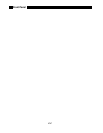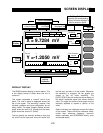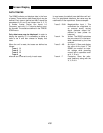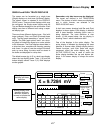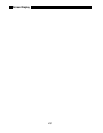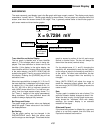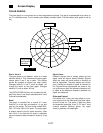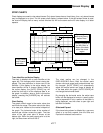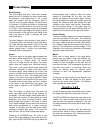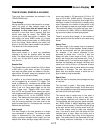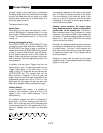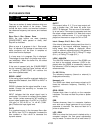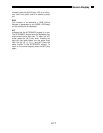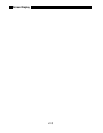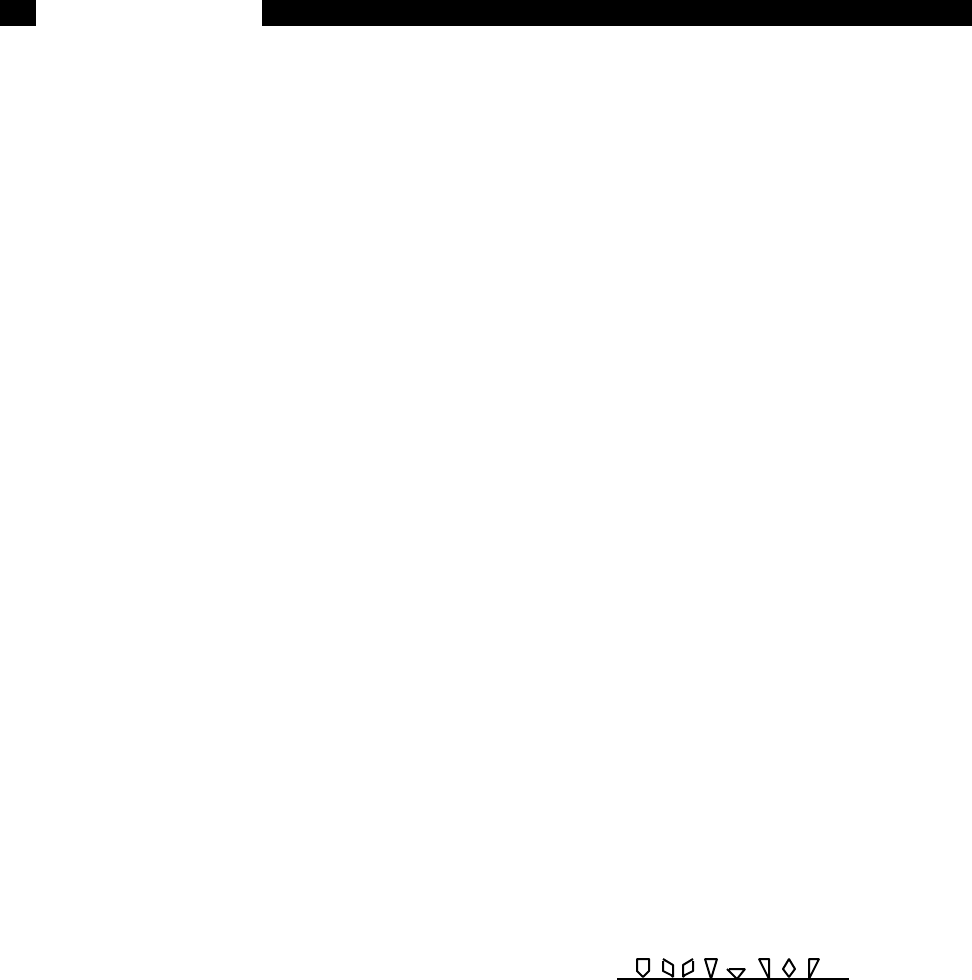
4-12
Data Scrolling
The chart display acts like a strip chart recorder
where the pen is drawing the most recent data.
For example, if the sample rate is 1 Hz (1 point
taken per second) and the horizontal scale is
10 S/div, then the graph displays 100 data points
(10 divisions x 10 points per division). As new data
is taken, the old data scrolls to the left at the rate
of 10 S/div. This is because new points are added
at a fixed location (right edge of the graph) just like
a strip recorder. In this case, the time value of the
right most point is 0.000 S meaning the most
recent data point.
The chart displays a fixed window in time which is
10 divisions wide (100 seconds in this case) start-
ing Tright seconds ago (where Tright is the time
value of the right most point). Since the data is
always getting older, it scrolls left continuously
(whenever data is being taken).
Cursor
The cursor region is the graph region between the
two heavy vertical dashed lines. The cursor region
may be set to 1 division (wide), 1/2 division
(norm), or a single vertical line (spot). The cursor
region does not change with horizontal scaling.
The cursor is the small square which seeks the
minimum, maximum, or mean of the data within
the cursor region. When seeking min or max, the
cursor is located at the position of the data point
which is the min or max. This allows peaks and
valleys in the data to be easily specified. When
seeking the mean, the X position of the cursor is at
the center of the cursor region and the Y position
is the mean of the data within the region. The
cursor type is defined in the CURSOR SETUP
menu.
Often the display is scaled such that there are
many more data points than can be resolved on
the display. The chart display is 496 pixels wide. If
more than that number of data points are being
displayed, then each horizontal position repre-
sents multiple data points. In this case, a vertical
line is drawn between the minimum and maximum
data points represented by a single horizontal
location. In this case, even the spot cursor region
represents multiple data points. The cursor will
seek the max, min or mean of these data points.
Pressing the [CURSOR] key will draw a box
around the cursor readout of the active chart dis-
play. Use the [ACTIVE DISPLAY] key to select the
desired display (top or bottom). When the cursor
readout is surrounded by this box, the knob
adjusts the position of the cursor region. Moving
the cursor beyond the edge of the graph pans the
display left (showing older data points) and right
(showing more recent data points). Remember,
the time window shown in the graph does not
change with time. As the data points get older, the
data will scroll to the left as new points are taken.
Cursor Display
The cursor readout displays the horizontal position
and the trace data at the cursor. The horizontal
position is displayed as time (from the beginning of
the trace), delay (time from the most recent point),
bin (number of data points since the start), and fre-
quency (if the reference is internally swept). In this
illustration, the cursor point was taken 36 seconds
before the most recent point.
Marks
While data is being added to the data buffer,
events may be marked using the [MARK] key.
Pressing [MARK] will tag the next trace buffer
location. A mark will appear on the chart and will
scroll with the data. This is analogous to marking a
real strip chart while it is recording. Marks are
useful for marking when an external event
occurred or when the experimental conditions
changed.
A maximum of eight marks may be placed in the
data buffer. A mark will appear on ALL stored
traces at the same buffer location. The different
mark symbols are shown below.
A mark is always placed at the buffer start to mark
the oldest (first) data point at the start of a scan.
The [EDIT MARK] key allows the mark data to be
viewed. The value of each stored trace and the
time the mark was placed is displayed. The user
can add comments to the mark data to label a spe-
cific event.
When trace data is saved to disk, the marks are
saved as well. When a trace is recalled from disk,
the marks are recalled as well. Existing marks are
replaced with the recalled marks.
Screen Display



